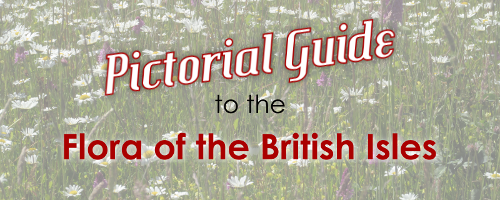
Holoparasitic and saprophytic plants
A small number of plants have abandoned photosynthesis and instead gain all their nutrition from other organisms. Those that steal from other plants are called holoparasitic, whereas those that steal from soil fungi are called saprophytic. Such plants are easily recognised by their lack of green pigmentation. Within the British and Irish flora, they can be found in four separate families. Coralroot orchid, Corallorhiza trifida, is widely reported to be fully saprophytic, but is often quite green and obtains a meaningful part of its nutrition from photosynthesis.
- Hypopitys monotropa Crantz – yellow bird’s-nest
- Cuscuta campestris Yunck. – yellow dodder
- Cuscuta europaea L. – greater dodder
- Cuscuta epithymum (L.) L. – dodder
- Lathraea squamaria L. – toothwort
- Lathraea clandestina L. – purple toothwort
- Phelipanche purpurea (Jacq.) Soják – yarrow broomrape
- Orobanche rapum-genistae Thuill. – greater broomrape
- Orobanche caryophyllacea Sm. – bedstraw broomrape
- Orobanche elatior Sutton – knapweed broomrape
- Orobanche alba Stephan ex Willd. – thyme broomrape
- Orobanche reticulata Wallr. – thistle broomrape
- Orobanche crenata Forssk. – bean broomrape
- Orobanche hederae Duby – ivy broomrape
- Orobanche picridis F. W. Schultz – oxtongue broomrape
- Orobanche minor Sm. – common broomrape
- Neottia nidus-avis (L.) Rich. – bird’s-nest orchid
- Epipogium aphyllum J. G. Gmel. ex Borkh. – ghost orchid
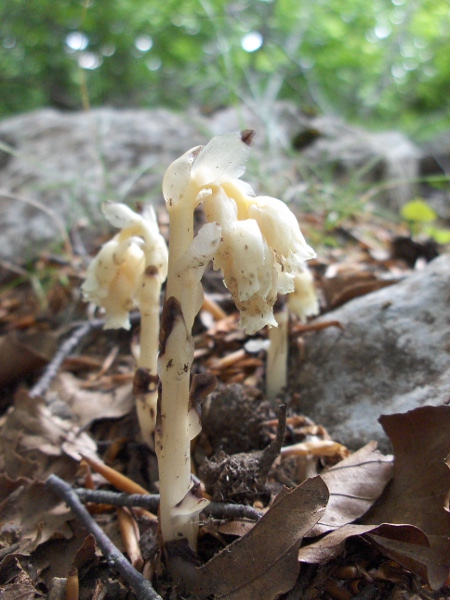
Hypopitys monotropa is our only saprophytic member of the Ericaceae.
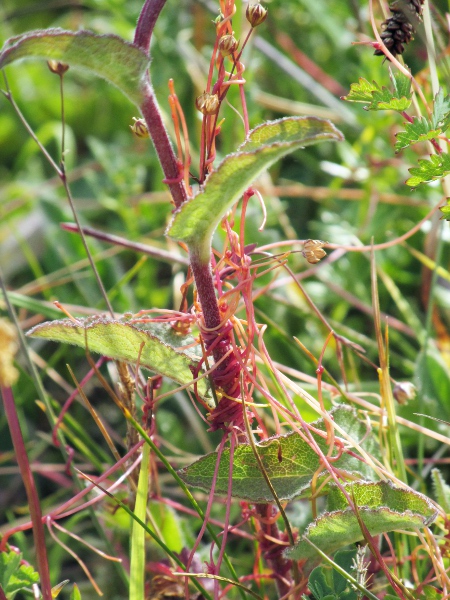
Cuscuta epithymum is one of our three dodder species, all climbers in the Convolvulaceae.
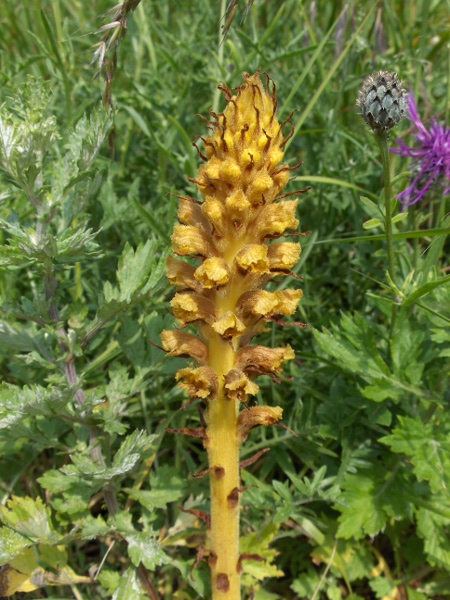
Orobanche elatior is one of our broomrapes and toothworts in the family Orobanchaceae.
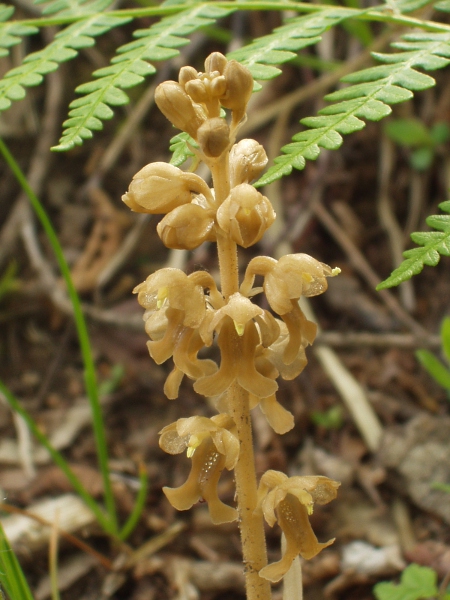
Neottia nidus-avis is one of two saprophytic orchids found in the British Isles.

